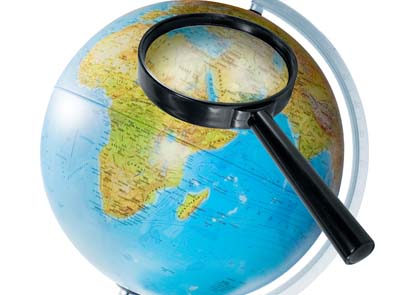As it battles for full acceptance in many cities around the world, Uber is offering an olive branch in the form of data which is planning to share with the metros in which it operates.
Jordan Gilbertson, product manager and Andrew Salzberg, head of transportation policy at Uber, write in the company’s blog that the organisation will share ridership data with cities.
“Every hour of every day, people use Uber to get around the more than 450 cities we serve,” they say. “From Sydney to Summit, we’ve been working hard to get to know these cities, with the goal of making them cleaner, more efficient and less crowded. Along the way, we’ve found that local leaders, urban planners, and civic communities are all working to crack their city’s commute and figure out how best to invest in new infrastructure.”
The company is introducing Movement, a website that uses Uber’s data to help urban planners make informed decisions about the cities.
“Uber trips occur all over cities, so by analyzing a lot of trips over time, we can reliably estimate how long it takes to get from one area to another,” they write. “Since Uber is available 24/7, we can compare travel conditions across different times of day, days of the week, or months of the year – and how travel times are impacted by big events, road closures or other things happening in a city.
“This data is anonymized and aggregated into the same types of geographic zones that transportation planners use to evaluate which parts of cities need expanded infrastructure, like Census Tracts and Traffic Analysis Zones (TAZs). In the weeks ahead, we’ll be inviting planning agencies and researchers to access our data and explore zone-to-zone travel times, and will soon make the website freely available to the public.”
Uber intends to eventually make the data available to the public.

